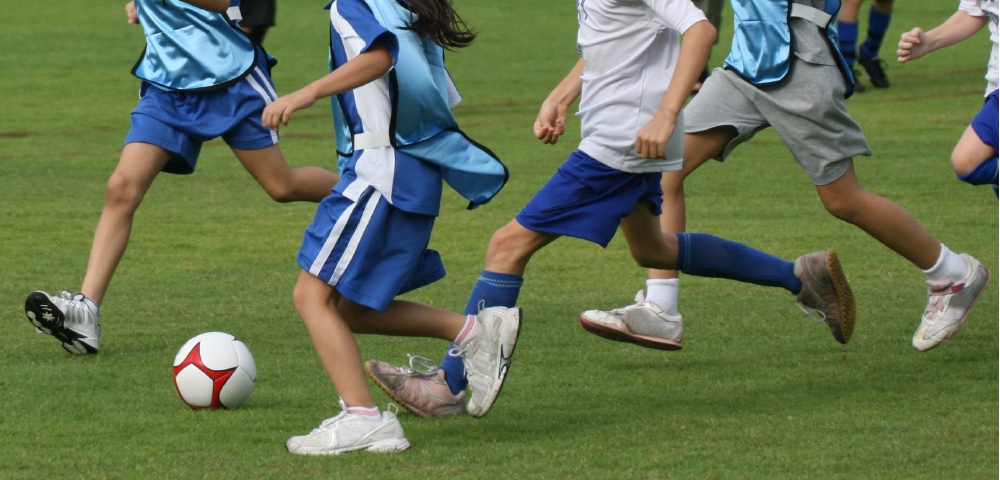The growing popularity of soccer means that more kids are playing the sport and getting the exercise they need. It's also causing a dramatic rise in injuries of young soccer players over the last 25 years, according to a new study in the journal, Pediatrics.
“The sport of soccer has changed dramatically in the last 25 years,” said one of the study authors, Huiyun Xiang. “We're seeing athletes play year-round now thanks to club, travel and rec leagues, and the intensity of play is higher than it ever has been. These factors combine to lead to more risk of injury.”
The study looked at injuries treated in emergency departments and found the yearly number of these injuries among 7- to 17-year-old soccer players rose by 111% between 1990 and 2014.The most striking increase was in concussions. While they are only about 7% of the overall injuries, their rate rose nearly 1600%, with most of the increase occurring after 2008.
Nearly three-quarters of the injuries occurred in older players, those 12-17 years old, and their rate of injury was over three times higher than that of younger soccer players. This is likely due to their more aggressive style of play and the higher-energy impacts that occur with older and heavier players, the researchers believe.
The three most common types of injuries were sprains and strains (35%), fractures (23%) and soft tissue injuries (22%) such as torn ligaments or tendons.
The most striking increase was in concussions. While they are only about 7% of the overall injuries, their rate rose nearly 1600%, with most of the increase occurring after 2008.
At least some of that increase is most likely because concussions are now being taken more seriously than they were in the past, the authors say, though the study can't prove this or estimate how much of the increase might be due to increased reporting. Similar increases in concussions have been observed in other youth sports, notably football.
The authors also offer some tips for players, parents and coaches to help prevent concussions and other injuries:





